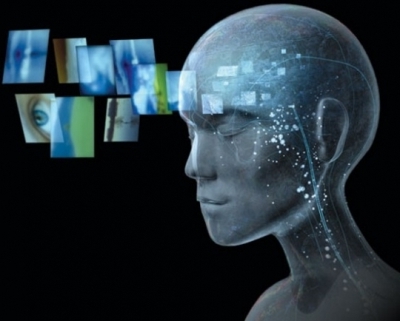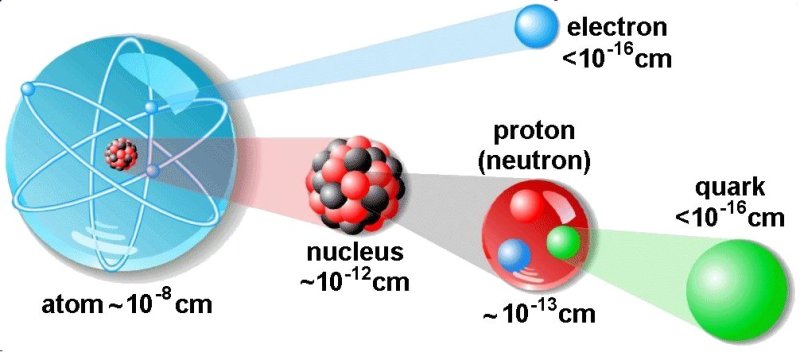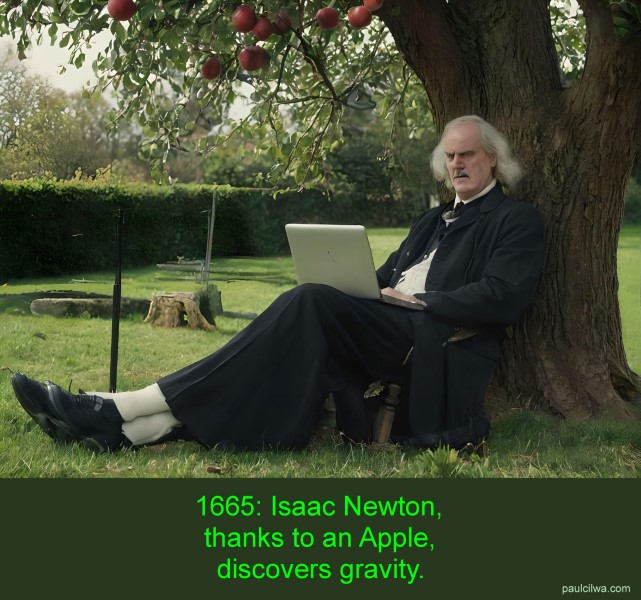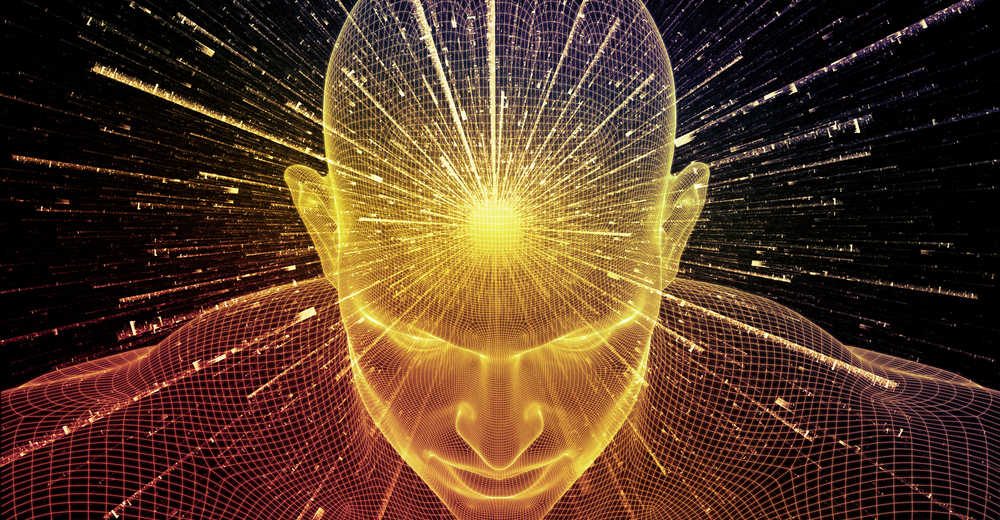| By: Unknown | Page Views: 4661 | ||
| An overview of ONA Workshop Zero, itself an overview (including hands-on practice) of the ONA material. | |||
What Does ONA
Mean?

ONA
means Whole Self. This Whole Self is you,
as the appearance of physical matter; and as the energy that makes
up that matter, in constant motion, transmuting and transforming according
to the changing intentions of your consciousness, under the guidance of your
true spiritual Innermost Self. Your Whole Self includes the full spectrum of
existence, from physical to spiritual. The techniques of ONA are a way of
accessing the potentials of your Whole Self through remembrance.
The ONA Foundation is a non-profit corporation founded for the purpose of teaching the ONA Techniques in order for you as an individual to attain full consciousness of your Whole Self. These techniques also involve remembrance.
Remembrance

Broken up, the word, remember
, re-member
, means to make
a member again
—in other words, to restore a component to the Wholeness
in which it belongs.
Now, Wholeness works in such a way that no member can truly be lost. Rather, you simply forgot you have some "members". By re-membering, you re-attain access to facilities that have been seemingly lost.
Putting it in other terms, once you've learned to ride a bicycle, you never truly forget. You may let so much time go by since you've last ridden a bike that, when your car breaks down, you forget that getting to work on a bicycle may even be an option; but, once reminded, your ability to ride remains.
Regarding Consciousness

What did you have for breakfast this morning? At exactly what time did you brush your teeth? What were you thinking when you agreed to go out with the last person you dated?
People tend to go through life on auto-pilot. And there is certainly value to not having to decide, every morning, whether or not to get out of bed! Yet, sometimes, you find yourself making a decision unconsciously, that you might never have made had you thought about it in advance.
Do you watch TV in the evenings automatically, without considering whether you might actually get more pleasure or value from another activity? Or, similarly, do you sit down to read in the evenings without considering that there may be something on TV you'd have enjoyed watching? (ONA is not against TV; ONA is simply in favor of making conscious decisions.)
Exercise 0-a
In the boxes below, please enter five recent things you did without thinking, and five things you did consciously.
(If you prefer, you may write your answers on paper. The boxes below aren't monitored; they are simply there for your convenience should you prefer to type.)
Now, consider: Which list contains the most regrets, and which the most joys?
Also, consider: How does it feel when you are about to do something automatically? How does it feel to decide to decide?
Take this exercise with you into the next day. As you go through your day, note which things you do automatically, and which you do intentionally. You may be surprised to find out how much of your day is carried out without your conscious awareness or volition! As you awaken from each bout of unconsciousness, try to remember how it felt to leave consciousness behind. When you can recognize that sensation, you will be able to choose which activities and decisions you make consciously.
What Is Your Whole Self
?
It is pretty obvious that each of us is associated with a body. Some people believe
you are no more than that, and some say, I am a physical body.
People who believe in the soul or spirit are more inclined to say, I have
a physical body,
to imply there is more to them than that. Your body is not just a possession of
yours, like an old suit we can discard. There is more to you than that.
While stating you have a body would not be inaccurate, It is, in fact, a part of
who you are (as are the bodies of any other incarnations you may have had).
In spite of the illusion to the contrary, your body is not a constant. It exchanges molecules with other beings, living and apparently non-living, on this planet and others. It's been estimated that every twelve years, you have exchanged every atom in your body for another like it. That you retain a consistent consciousness throughout the complete exchange of body parts, should alone prove that you are not just a body.

Your physical body appears to be made of solid matter—more or less—but you know that it is really composed of cells: little bags of materials including DNA, stuck together. You also know that those materials are various compounds, which are molecules, and that molecules are actually vibrating bundles of atoms (which also vibrate). Atoms, as you may have learned in fifth grade, are composed of protons, electrons, and neutrons. But…what are they composed of?
The answer to that question was the great contribution of quantum physics, which has discovered a
number of sub-atomic particles such as muons, leptons, and quarks. This level of reality, out of which
all denser matter is constructed, not only vibrates; it behaves as much like our concept of pure
energy
(in waves) as it does like particles. Light, for example, which
is said to be made
of particles called photons, exhibits the properties of waves when it travels.
Therefore, it is a true statement that all apparent matter
is actually composed of energy,
as Einstein's famous equation (E=mc2) proposed and nuclear power plants
demonstrate. It is also a fact that it takes a lot of energy to make a small amount of
matter…or, conversely, that a small amount of matter contains a huge amount of energy.

It also turns out that different kinds of energy are also made of (or transmitted by) the very
same kinds of sub-atomic particles that make up matter. The only difference between you, a rock, and
magnetism, therefore, is an aspect of those quantum energies called by metaphysicians, vibration.
When you are talking about quantum energies, behaving as waves, you are viewing their faster vibrations. When you experience them as particles, you are seeing somewhat slower vibrations. When you step back and view the particles as combined to form atoms, slower still; stepping back farther to see those atoms combined into molecules, slower still.
Now, here's a key point: All these vibrations occur simultaneously, like the notes of a a grand chord on an organ. You can choose to listen to the lower notes or the higher ones if you like, but all the notes are always there.
ONA reveals that aspects of yourself that you speak of, such as your conscious self, your emotional self, or your spiritual self, are actually just subsets of your entire range of frequencies. There are, in fact, twelve distinct gradations of these frequencies that make up your Whole Self.
Quantum Particles
Two hundred years ago, physicists believed they had solved the basic mysteries of the
universe. All that's left is the weighing,
one remarked. Everything in the Universe,
they believed, was composed of chemical compounds and elements, which in turn were made up of atoms,
which in turn were composed of protons, neutrons and electrons. End of story.
Except, it wasn't. In the early years of the 20th century, physicists were astounded
to discover that the smallest particle they had known, the electron, was itself composed
of even smaller particles…and these tiny bits that composed electrons behaved in
absolutely bizarre fashion. These sub-atomic particles, such as muons, leptons, and quarks,
exist at a level of reality at which the properties of matter and energy merge. In some
ways they behave as particles; the next moment they act like waves. Everyone knows
that Einstein's famous equation, E=mc2, means that energy can turn into matter
and vice versa; but that's only half the story. The other half is that energy really is matter,
and vice versa.
Your very own body, which seems so solid to you (relatively speaking), is actually no more solid than a beam of light or a radio wave.

We will have much more to say about these bits of solid energy
, or quanta,
as they are called, as you progress through these workshops.
Exercise 0-b
Perceiving energy
-
Sit comfortably and close your eyes.
-
About chest level, extend your arms two feet in front of you, palms together, fingers pointing straight out. What does the space between your hands feel like?
-
Move your hands about one inch apart. Notice what is present in your hands and perhaps between your hands. Make note of your experience.
-
Move your hands six inches apart. What are your perceptions? Any movement between your hands? Around your hands?
-
Move your hands one foot apart. What has changed? Do you perceive any differences? Similarities?
-
Move your hands around each other, keeping the relationship between them the same. Notice where the energy flows the strongest and where it starts to dissipate.
-
Open your eyes and, if possible, share your experience. (You may share with your Inner Self if you are doing this Workshop alone.)
Perceiving Energy while Moving
Try this if you have access to a partner. You may also be able to do it with a service or well-trained animal, one that can be trusted to sit still while you approach it with eyes closed.
After all the chairs are out of the way, stand arms' length from a partner.
Stand balanced with eyes closed, hands extended, palms out. Slowly move your hands to find the energy of your partner. Your partner can move around. Stay close by.
Open your eyes and share your experience before you change roles. Repeat.
Subtle Energies
In the previous exercise, people who are not familiar with Human energy fields might
try to convince themselves that there is a normal
(i.e., non-metaphysical)
explanation for their experience. Such explanations usually take the form of
It was my imagination
I must have heard my partner's breathing
I must have felt the higher air pressure as we approached
In all three cases, the explanations might be…right! But that doesn't mean subtle energies were not also have been involved.
At one time, gravity was not acknowledged as an energy. No one had actually
wondered why things fall to the ground. It wasn't until Newton had his fateful encounter
with a falling apple that anyone bothered to formulate a law of gravity.
Light,
magnetism, and electricity were likewise recognized long after Humankind had millennia of
experience with these energies.

Other energies, such as the strong and weak nuclear interactions now recognized by physicists, went unnoticed until the 20th century. They had existed all along, but were so subtle that we had been able to explain the world without them until we became aware of atomic processes.
As you will learn in subsequent Workshops, imagination is, itself, a manifestation of subtle energies. And if you heard, or otherwise sensed, your partner? Well, aren't sound or smell or air pressure also forms of energies, forms that are so subtle we usually ignore them? Just because science may already have identified an energy you usually ignore, doesn't mean there isn't value in learning to perceive it. And, there is likewise value in learning to perceive energies not yet identified by science.
Consciousness
The thorniest question in all of Human existence is: What happens to us when we die?
Notice that the question is not, What happens to our bodies when we die?
The answer to that question is easily answered and beyond argument. So, why has the
question of what happens to us when we die been asked for so many thousands of years?
And there have been thousands of answers,
ranging from the
Christian Heaven and Hell, and the Muslim Paradise, to the Hebrew
sheol, the Norse Valhalla, and even the ancient Greek living on in
remembrance by the living.
What do these answers all have in
common? They are phrased in physical terms. Heaven has its
streets of gold; Paradise has its 42 virgins. Valhalla is described
as a great hall
where stories of Earthly battles are told and
retold.

We know intuitively that we are more than our bodies; yet, as long as we demand that the question be answered in physical terms, it cannot be answered. You must look beyond the body to know what happens to you beyond physical life.
In the waking day, you are aware that you exist. Most people believe that lamps and TV sets and hamburgers do not have a similar awareness; but you know you have it…and that knowledge sets us apart from lamps and TV sets and hamburgers.
Work done at the Monroe Institute and at other laboratories has proven to all but the most determined nonbeliever that consciousness exists independently of the body. Experiments in out-of-body experiences have been repeated over and over in which a person experiencing an OBE visits a location to which he or she has never been, and describes it accurately. This simply couldn't happen if consciousness was a physical component of the body.
In the end, what matters is what you think. Are you your body? Are you more? Is the world of dreams really locked up inside your head? When you experience precognition—glimpses of the future, such as premonitions of a phone call or a death in the family that occur soon after—are you really experiencing meaningless coincidence? Does it feel meaningless?
If, in fact, consciousness is separate from the body, then it is also separate from physical death…and improvements in consciousness will help alleviate any fear of death you might have!
Levels of Consciousness

It turns out that consciousness isn't actually just one thing, anyway. It's twelve things.
After affirming that the body is not the seat of consciousness, let us point out that the body is, in itself, conscious! When you are hungry, or exhausted, or out of breath, it is body consciousness that attempts to meet those needs. That the body continues to breathe when its owner is un-conscious is proof enough of this. This level of consciousness is the lowest frequency (or, if you prefer, the densest) at which consciousness can manifest.
The next level of consciousness concerns the physical senses. It is this level
that processes sights seen by the eyes and sounds heard by the ears. The level can be found
in all living animals, from the ant to the elephant. And in humans, experiments in
hypnosis have proven that the physical senses continue to work even when the body is
apparently un-conscious
—meaning only that
so-called conscious memory
must be found at a still higher frequency.
Emotional consciousness is found at the next higher level. When you react emotionally without conscious reason—hating someone at first sight, for example, or becoming angry or embarrassed when a certain word is heard—it is this level that is reacting.
In the fourth level, you finally encounter the ability to think. Words and everyday knowledge exist at this level. Habits do, too; this is the level of consciousness at which you brush your teeth.
However, it is at the fifth level that you find your will or purpose. At this level of consciousness, which few people reach, you do things for a reason. When you set out to become spiritually enlightened, or when you play the stock market, you are operating at the fifth level of consciousness.
Here is the short list of levels of consciousness:
- Body consciousness
- Sense awareness
- Emotions
- Facts and habits
- Sense of purpose
- Intuition
- Ability to communicate
- Awareness of illusion
- Seeing beyond illusion
- Self-consciousness
- Empathy
- God Self
Now, why should there be twelve levels of consciousness? It turns out this is reflective of a twelve-fold structure that repeats, over and over, throughout your Created Self.



